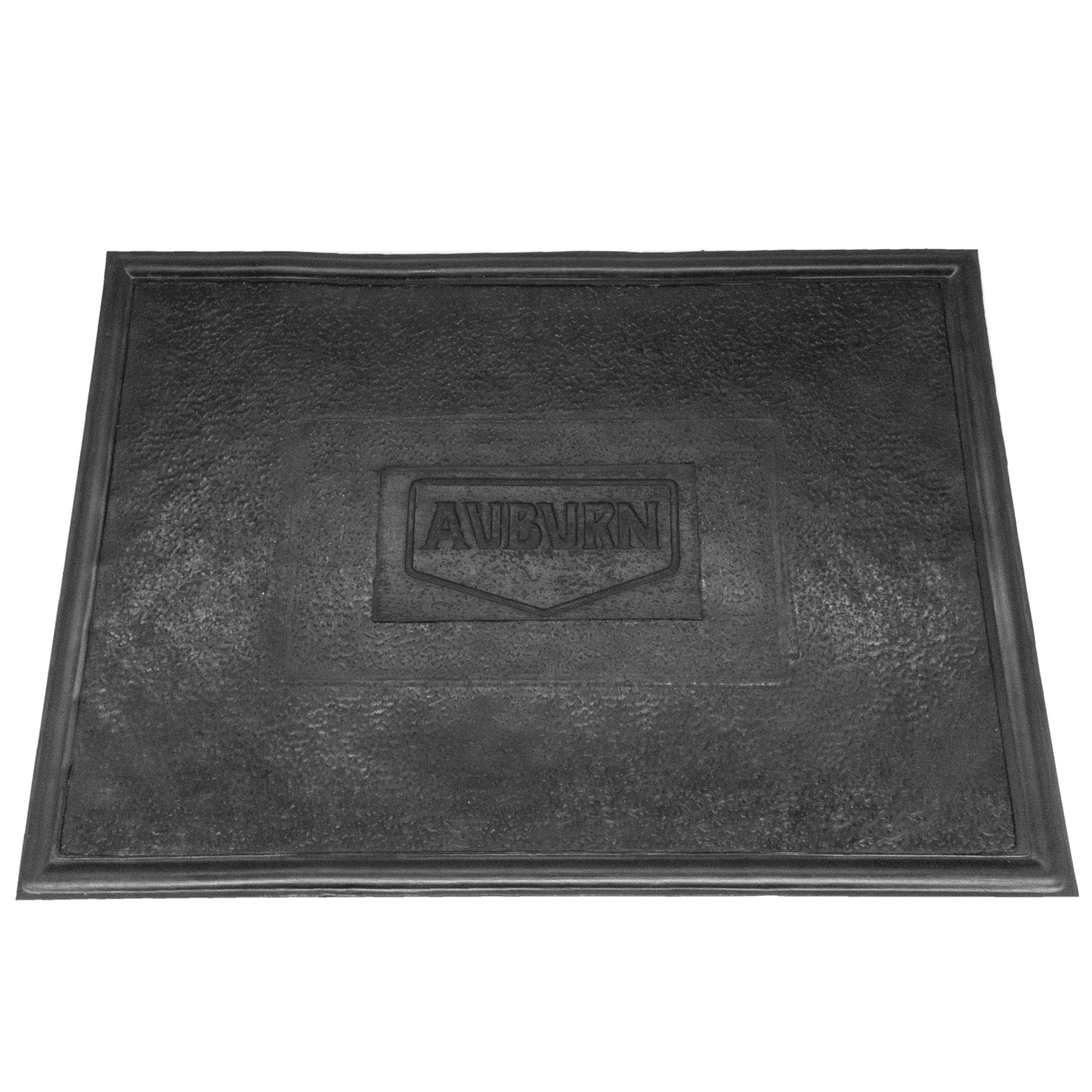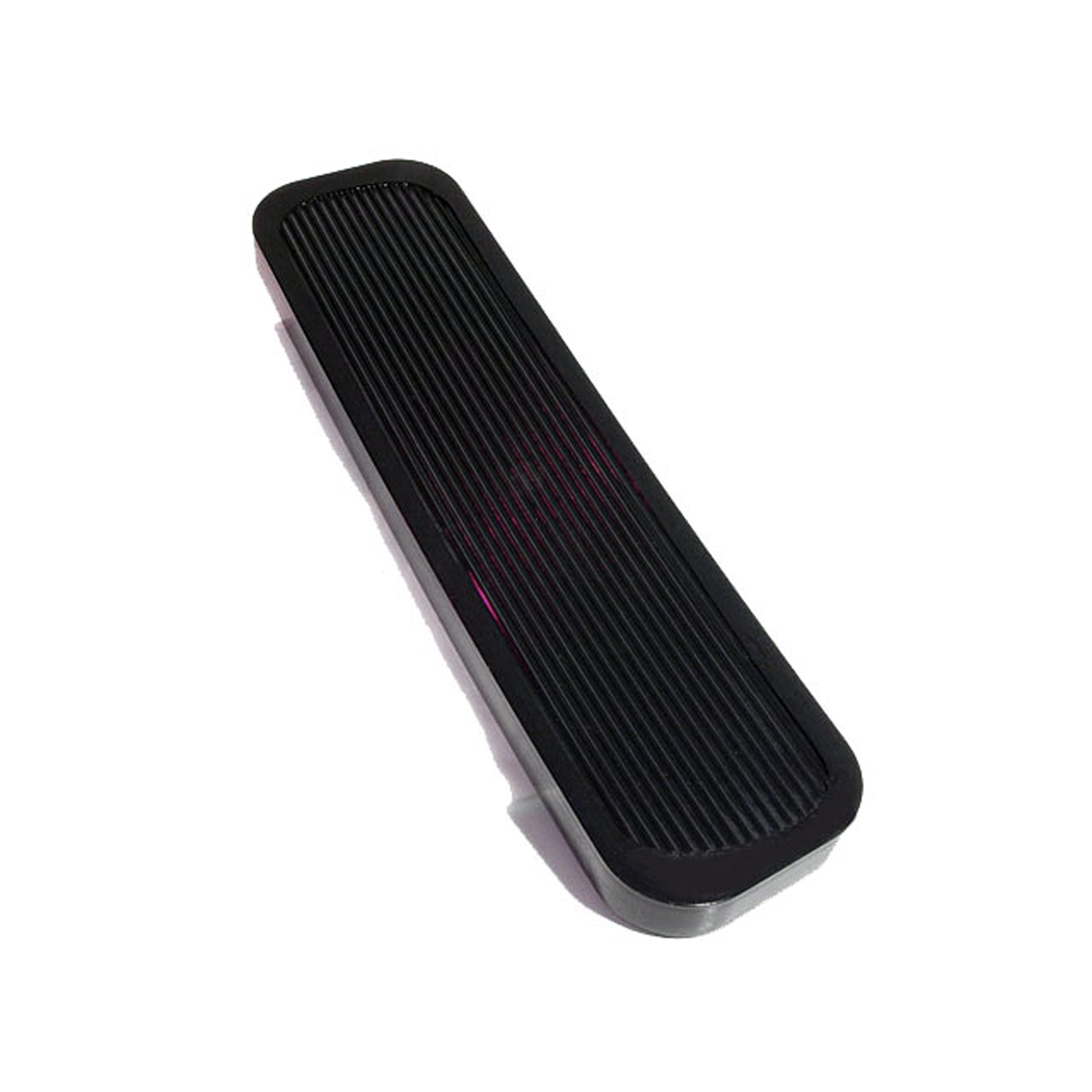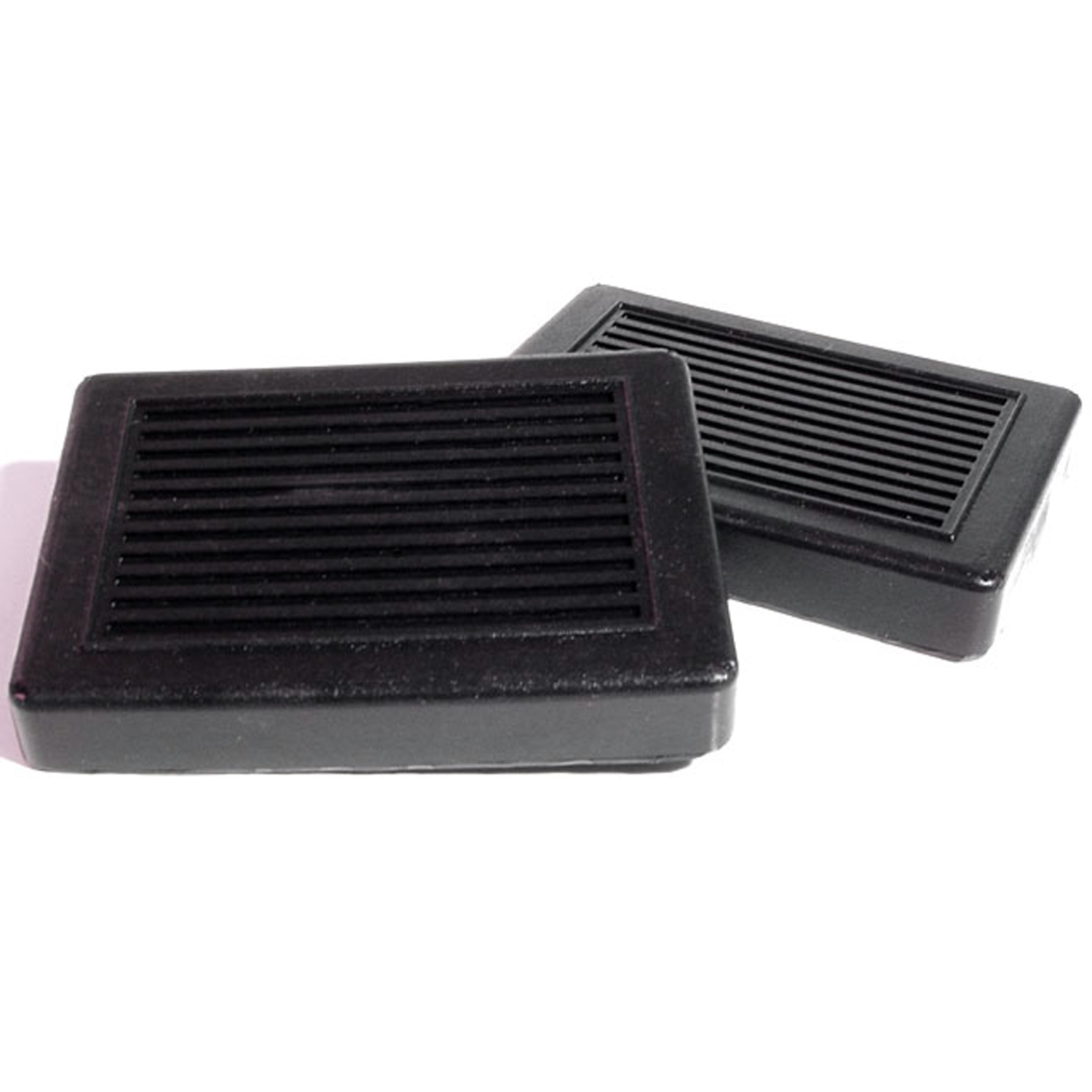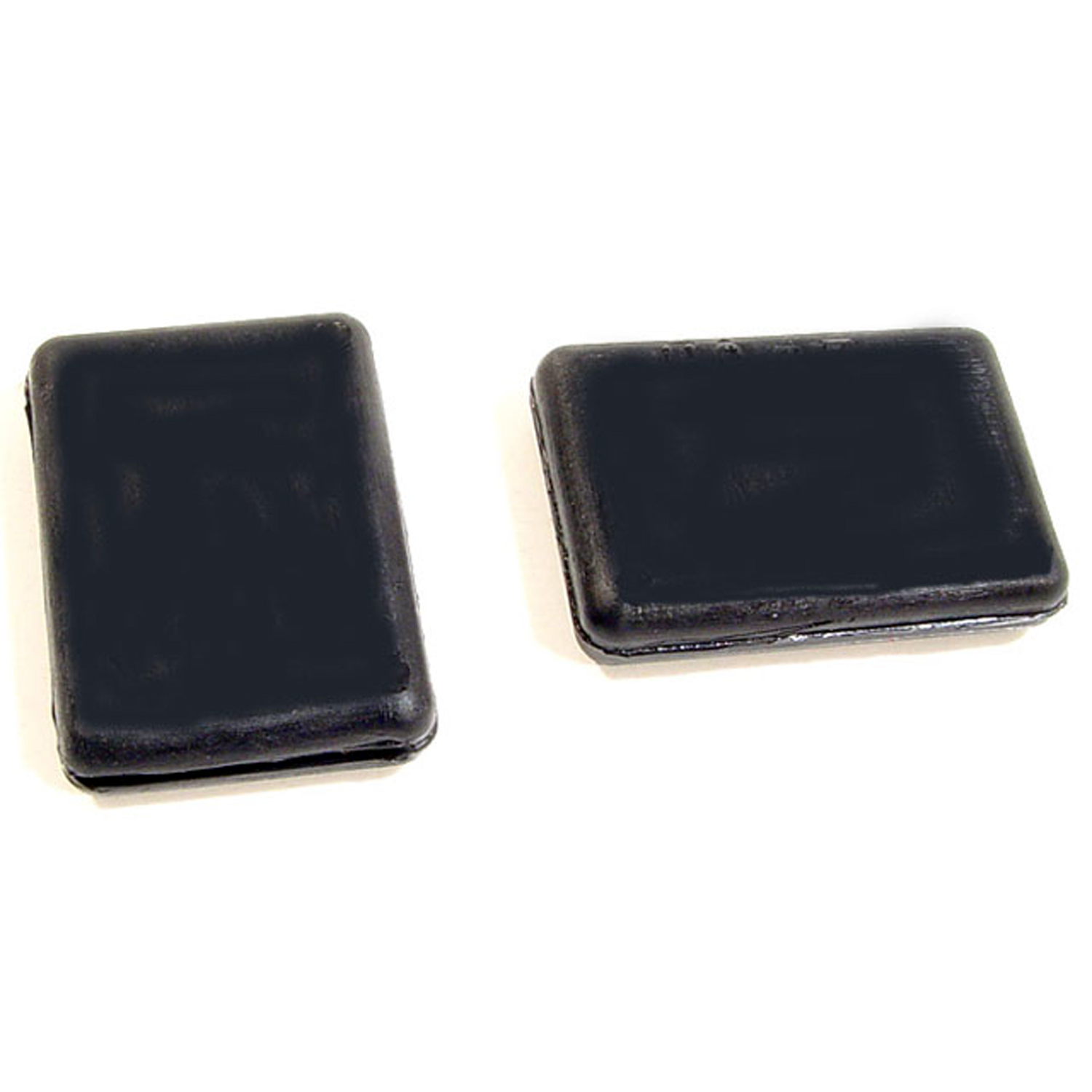Performance Metrics
Fundamental Metrics
Emotional Appeal
MMP Rating
| Engine Specifications | |
|---|---|
| Engine Options: | Inline 4 |
| Displacement Range: | 2.6L |
| Horsepower Range: | Estimated 40-50 HP |
| Torque: | Not available |
| Compression Ratio: | Not available |
| Ignition System: | Distributor and coil |
| Cooling System: | Water-cooled |
| Performance Specifications | |
| 0-60 Time: | Not available |
| 1/4 Mile Time: | Not available |
| Top Speed: | 60 mph |
| Transmission and Drive | |
| Drive Type: | Rear-wheel drive |
| Transmission Type: | 3-speed manual |
| Fuel and Efficiency | |
| Fuel System Type: | Carburetor |
| MPG: | Not available |
| Dimensions and Brakes | |
| Brakes: | Mechanical drum brakes |
| Wheelbase: | 115 inches |
| Weight: | Estimated 2,500 lbs |
Note: Specifications for classic cars are given to the best of our ability, considering the limited and variant data available.
Rediscovering the Elegance of the 1926 Auburn Model 4-44
The 1926 Auburn Model 4-44 stands as a testament to the roaring twenties' automotive elegance and innovation. Crafted by the Auburn Automobile Company, this classic car emerged from an era of prosperity and technological advancement. Its manufacturer, based in Auburn, Indiana, was known for producing high-quality vehicles that offered luxury at a more accessible price point. The Model 4-44, in particular, is remembered for its balance of style and performance—a chariot of choice for the discerning motorist of the day.
Among its many accolades, the Auburn Model 4-44 holds a special place in history for its role in popularizing some of the era's most advanced features. It was a vehicle that not only turned heads but also paved the way for future automotive design philosophies.
Design and Innovation
The exterior of the 1926 Auburn Model 4-44 was a symphony of curves and chrome, with a long hood that housed its robust engine and a gracefully sloping rear that hinted at its sporting intentions. The vehicle's silhouette was both stately and dynamic, reflecting an age where automobiles began to symbolize personal freedom and status.
Inside, the Auburn Model 4-44 was appointed with materials that spoke to its luxury aspirations. Rich fabrics and polished wood accents adorned the cabin, providing passengers with comfort and opulence uncommon in lesser automobiles. Technologically, it featured advancements such as four-wheel hydraulic brakes—a rarity at the time—and an optional two-tone paint scheme that allowed owners to personalize their vehicles with a touch of flair.
The Model 4-44 came in various body styles including sedans, coupes, and roadsters. The roadster variant, with its open-top design and sporty demeanor, remains one of the most iconic and sought-after by collectors today.
Historical Significance
The Auburn Model 4-44's impact on automotive design cannot be overstated. It brought luxury features to a broader audience, setting a precedent for what motorists could expect from an upscale vehicle without venturing into exorbitant price territories. Its blend of style, performance, and affordability helped shape consumer expectations and influenced future automotive offerings.
Performance and Handling
Underneath its elegant exterior, the 1926 Auburn Model 4-44 was powered by a capable inline-six engine that delivered smooth performance for its time. While top speed figures may seem modest by modern standards—hovering around 60 mph—the car's acceleration was brisk enough to provide an exhilarating driving experience for the era.
The handling characteristics of the Model 4-44 were praised for their refinement. The car navigated through various driving conditions with poise, absorbing bumps with ease while maintaining composure on winding roads. Behind the wheel, drivers were treated to a symphony of mechanical harmony as they engaged with a vehicle that felt alive and responsive.
Ownership Experience
The Auburn Model 4-44 found its place in various roles ranging from daily transportation for affluent individuals to being a coveted showpiece at automobile exhibitions. Its reliability was commendable; however, like all vehicles from this period, it required regular maintenance to keep it running smoothly—a task made easier by Auburn's commitment to build quality.
Fun Facts
A curious tidbit about the Auburn Model 4-44 is its appearance in several period films, adding authenticity to cinematic depictions of the twenties' lifestyle. Although not known for breaking speed records or dominating racetracks, this model did achieve fame through sheer elegance and engineering prowess.
Collector's Information
Today, an original 1926 Auburn Model 4-44 can fetch a handsome sum in the collector's market. While production numbers were not meticulously recorded during that era, it is estimated that several thousand units were produced. The value range for these vehicles can vary widely depending on condition and provenance but expect figures well into six digits for pristine examples.
The market trend has seen appreciating values over time as collectors vie to add this piece of automotive history to their portfolios. Rarity plays a significant role in this appreciation; as fewer models survive in good condition, their desirability increases among enthusiasts.
Conclusion
The legacy of the 1926 Auburn Model 4-44 endures as both a hallmark of pre-war American automotive craftsmanship and as a beacon of innovation during an age rich with industrial progress. For those fortunate enough to behold or own one today, it represents more than just a classic car—it's an artifact of an era when automobiles became more than mere transportation; they became symbols of identity and ambition.
1926 Auburn Model 4-44 Catalog of Parts
 1926 Auburn Model 4-44 Accessory Floor Mat - 12"X17"-AC 14Accessory Floor Mat - made of high quality black rubber with molded original emblem. Also designed to be sewn into new carpets. 12"X17", Each
1926 Auburn Model 4-44 Accessory Floor Mat - 12"X17"-AC 14Accessory Floor Mat - made of high quality black rubber with molded original emblem. Also designed to be sewn into new carpets. 12"X17", Each 1926 Auburn Model 4-44 Accelerator Pedal Pad, 2-3/8" X 9-1/4", Each-AP 24Accelerator Pedal Pad, 2-3/8" X 9-1/4", Each
1926 Auburn Model 4-44 Accelerator Pedal Pad, 2-3/8" X 9-1/4", Each-AP 24Accelerator Pedal Pad, 2-3/8" X 9-1/4", Each 1926 Auburn Model 4-44 Clutch and Brake Pedal Pads. 3" wide X 3-7/8" long. Pair-CB 21Clutch and Brake Pedal Pads. 3" wide X 3-7/8" long. Pair
1926 Auburn Model 4-44 Clutch and Brake Pedal Pads. 3" wide X 3-7/8" long. Pair-CB 21Clutch and Brake Pedal Pads. 3" wide X 3-7/8" long. Pair 1926 Auburn Model 4-44 Hood Corners. Made of all rubber. No cut-away on back side-HC 27Hood Corners. Made of all rubber. No cut-away on back side. 7/8" X 1-1/4". Pair
1926 Auburn Model 4-44 Hood Corners. Made of all rubber. No cut-away on back side-HC 27Hood Corners. Made of all rubber. No cut-away on back side. 7/8" X 1-1/4". PairWhy Choose Metro?
For over 100 years, Metro Moulded Parts has been the pinnacle of quality in classic car restoration parts. Our commitment to precision and authenticity in every component ensures a perfect fit and an OEM-level appearance.
- Expert Craftsmanship & Quality: Each part is a testament to our dedication to reliability and perfection, crafted from original designs and thoroughly tested.
- Advanced Technology: We use cutting-edge techniques to create flawless, long-lasting parts that surpass others in performance.
- SuperSoft Sponge – The Ultimate Door Seal: Not only are our door seals 30% softer than competitors', but they're also guaranteed to never leak. They effectively reduce wind and road noise, enhancing your classic car's comfort and driving experience.
- Proudly American: Our parts are a product of American craftsmanship, made in the USA with a spirit of excellence and heritage.
- Unrivaled Warranty: We back our products with a 30-year industry-leading warranty, a testament to our confidence in their quality.
Join us in preserving the legacy of classic cars with parts that are crafted for perfection, not just made.

